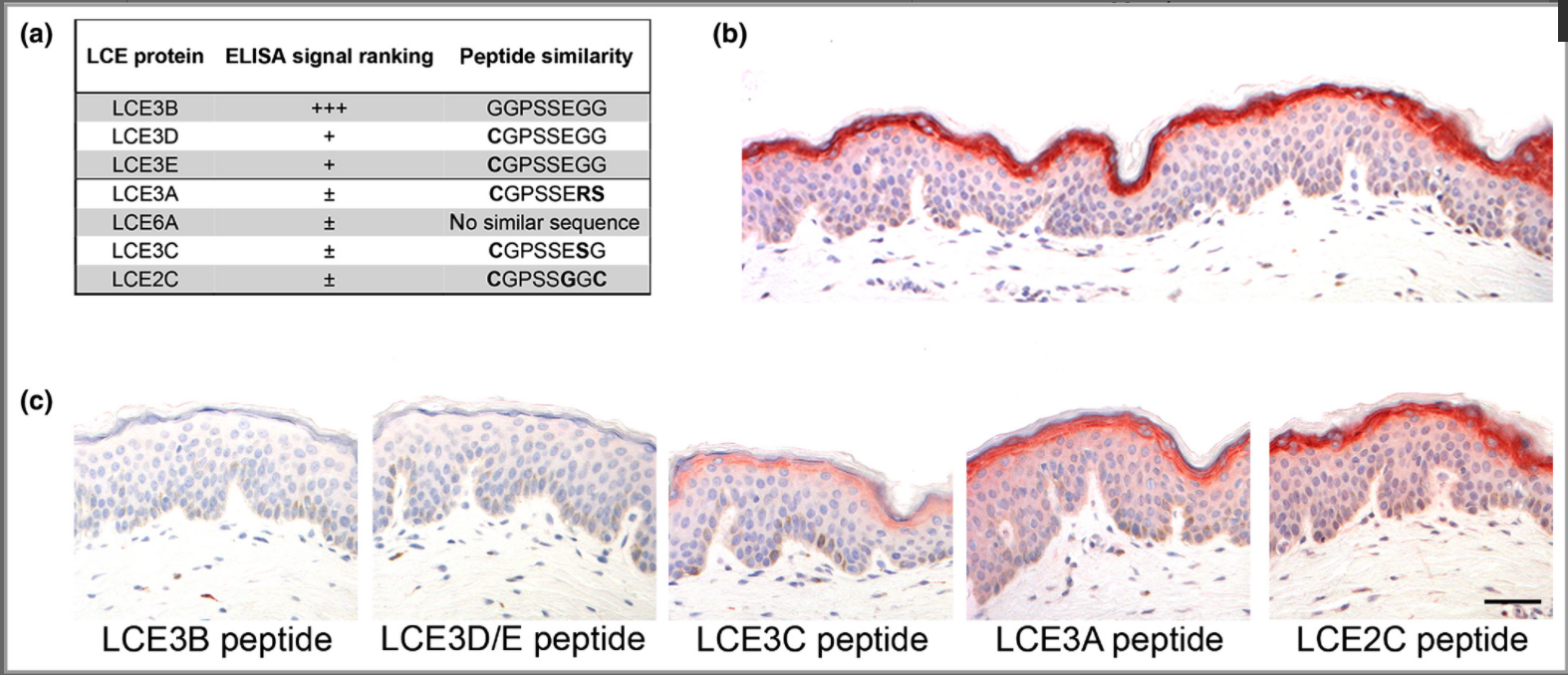Fibroblast specific Spag17 knockout mouse Product
[…] was created with inducible fibroblast specific Spag17 knockout. Knockout Spag17 mice show significant fibrosis in skin, heart, lungs, kidneys, and skeletal muscle between 4-6 months of age. These mice have […]



![Immunohistochemistry was performed on formalin-fixed; paraffin-embedded breast cancer tissue sections using anti-TMEM2L [V98P4E1*B7] antibody. Strong cytoplasmic and nuclear staining were detected.](https://cancertools.org/wp-content/uploads/f08ea08e-8d19-470e-be62-a14e60e1dc95.jpg)
![Immunofluorescence was performed on human brain cell line (U-138MG) using anti-Cathepsin L [4C11] (A) or a commercially sourced antibody (B)](https://cancertools.org/wp-content/uploads/c6327b06-a275-478e-a963-cb0ac531b8b2.png)
